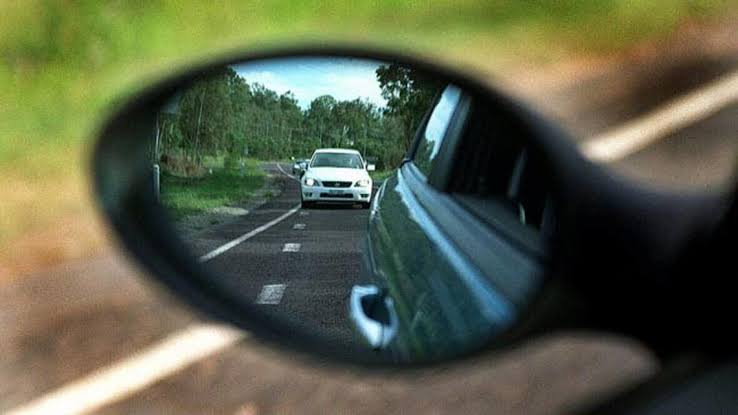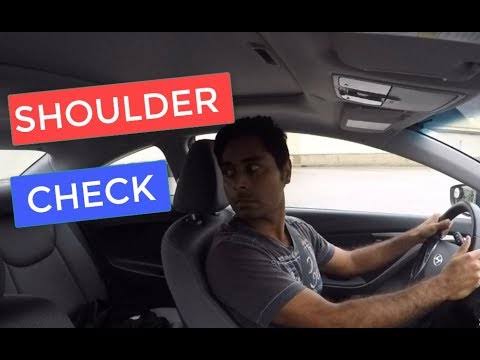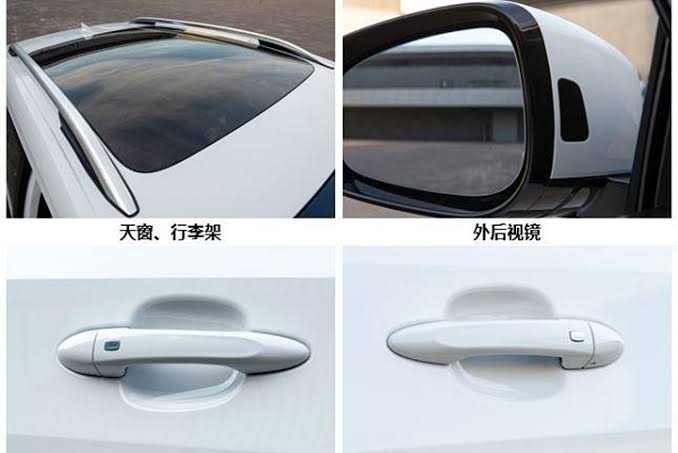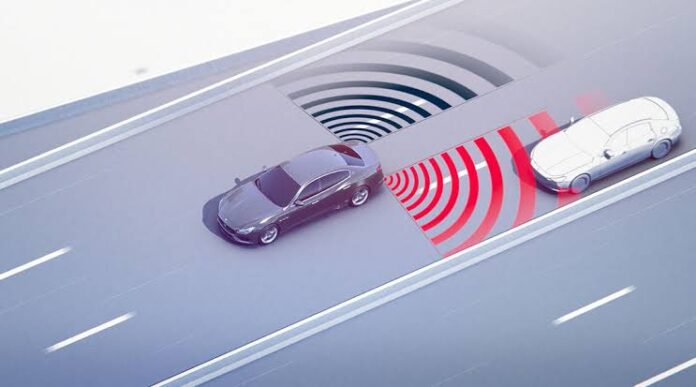Follow These Steps To Avoid Blind Spots
Most drivers encounter the phenomenon of blind spots but are unaware of it. We are aware that in order to drive safely, we must be alert to everything on the road, including traffic, signs, and footpaths. Through the car’s windows and mirrors, these can be followed. However, occasionally the moving objects on the road find themselves in a situation where, for a brief moment, they are invisible. At this point, it can be extremely risky to overtake or change lanes because you never know when a car might suddenly crash into you. To avoid blind spots and drive safely, follow these tips:
1. Adjust The Mirrors To Optimum

First, use the mirrors that are already in your car to get as wide a field of vision as you can. Ensure that the entire rear window is visible in your car’s rearview mirror. Only the portion of the road directly adjacent to your car should be visible in your side mirrors. You’ll have a smaller blind spot as a result.
2. Observe And Record Blind Spots
After you’ve adjusted your mirrors, be sure to take a good look around and note which parts of the road are not visible through any of your windows or mirrors. Make sure to wait until other vehicles pass this blind spot so you can see their movements and move your car safely.
3. Wait Before Changing Lane

Wait at least 5 to 10 seconds before changing lanes or making a turn so you have time to take note of where the other cars are. You can move your car safely once the other cars have passed through your blind spot. Make sure to give the proper signals as well so that the nearby vehicles are aware of how you intend to move.
4. Leaning over shoulder

If a car is in your blind spot but you can’t see it through the mirrors, you can still see it if you look over your shoulder and out the back passenger window. The most frequent blind spots when driving are on the sides near both rear passenger windows. You should be able to see the car in your blind spot clearly if you lean over your shoulder.
5. Technology For Your Rescue

Thanks to technological advancement, drivers can now use sensors to track the vehicles in their blind spots. Blind spot trackers alert you when a vehicle enters your blind spot, much like parking sensors do. Additionally, they can warn you if you approach a vehicle too closely. When you can’t see the cars around you, such technologies can keep you safe.
You must watch your blind spots if you want to drive carefully. One of the main reasons why people die in traffic accidents is because of accidents involving blind spots. To drive safely, remember the advice above.






